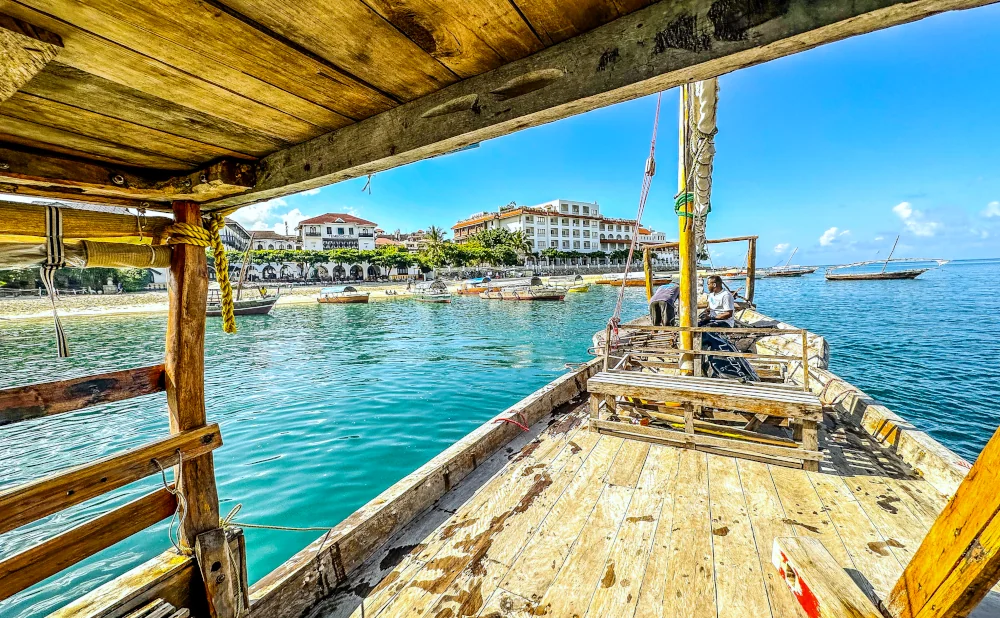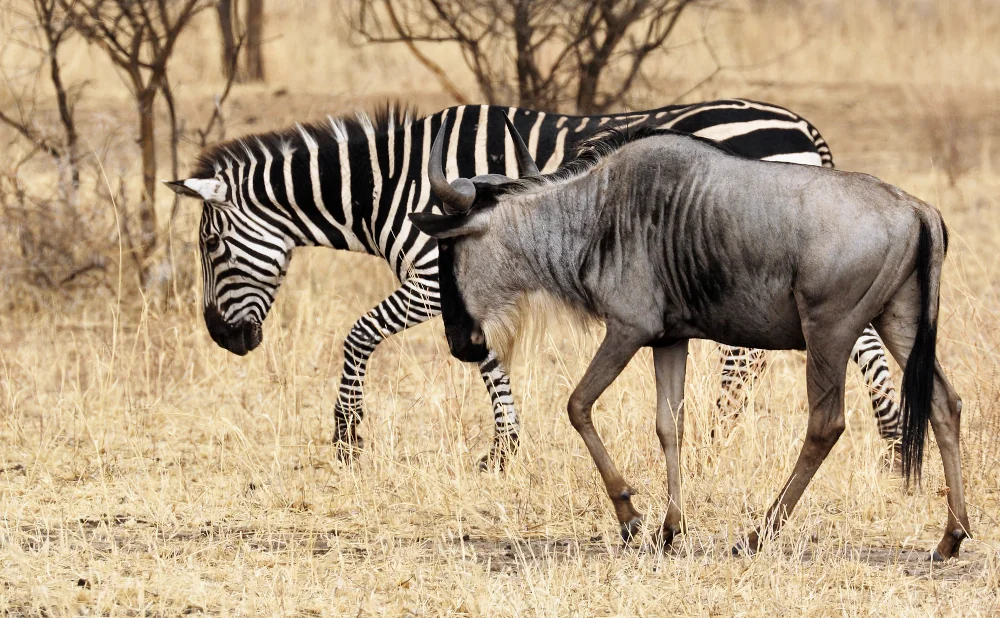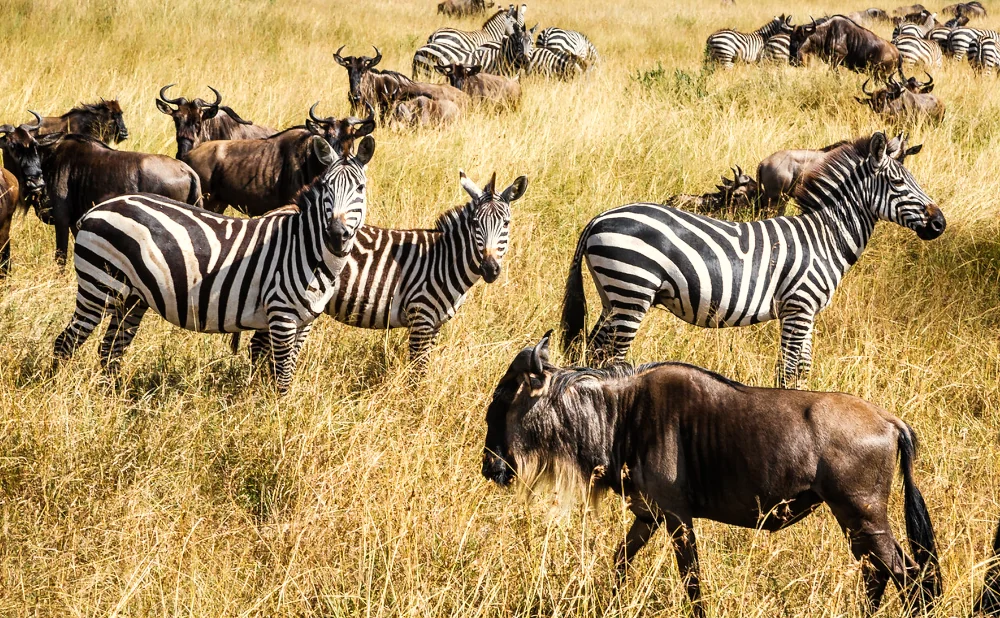Exploring the Richness of Tanzanian Traditional Dress
Tanzania, a beautiful country in East Africa, is renowned for its stunning landscapes, diverse wildlife, and vibrant cultures. One of the most fascinating aspects of this cultural diversity is the traditional dress worn by its various ethnic groups. In this article, we delve into the rich tapestry of Tanzanian traditional dress, highlighting how these garments reflect the cultural heritage and identity of the people.
A Glimpse into Tanzania's Ethnic Diversity
Tanzania is home to over 120 ethnic groups, each with its unique traditions and clothing styles. This diversity is reflected in the traditional dress, which varies significantly from one community to another. From the Maasai in the north to the Zanzibari on the coast, Tanzanian traditional dress is as diverse as its people.
The Maasai Shúkà: A Symbol of Identity
One of the most iconic traditional dresses in Tanzania is the Maasai shúkà. Known for its bold red, blue, and checkered patterns, the shúkà is a garment that holds significant cultural value for the Maasai people. Traditionally, it is worn draped over the body and is often paired with intricate beadwork that signifies the wearer's age, social status, and achievements.
The choice of bright colors in the shúkà is not just for aesthetic purposes; it symbolizes courage, strength, and a deep connection to the Maasai's pastoral lifestyle.
The Kanga: A Versatile Garment
The kanga is another staple of Tanzanian traditional dress, especially among women. This colorful piece of cloth is not only a garment but also a means of communication. Each kanga features a printed message, known as a "jina," which can be a proverb, a statement, or a personal message. These messages often convey sentiments of love, wisdom, or social commentary.
Kangas are incredibly versatile and can be worn in a variety of ways, such as wrapped around the waist, draped over the shoulders, or used as a headscarf. They are popular not only in Tanzania but also in other East African countries, making them a symbol of regional identity.
The Influence of History on Tanzanian Dress
Tanzanian traditional dress has been shaped by the country's history and interactions with various cultures. The coastal regions, for instance, have been influenced by Arab traders, resulting in unique styles such as the buibui and kanzu.
The Buibui and Kanzu: Coastal Elegance
The buibui is a long, flowing black robe commonly worn by Muslim women in the coastal regions, including Zanzibar. It reflects the strong Islamic influence in these areas and is often complemented with a matching headscarf.
For men, the kanzu is a long white robe that is typically worn during formal occasions and religious ceremonies. The kanzu is a testament to the Arab influence along the Swahili Coast and has become an integral part of Tanzanian traditional dress.
The Role of Traditional Dress in Modern Tanzania
While Western-style clothing is prevalent in urban areas, traditional dress continues to play a crucial role in Tanzania's cultural identity. During festivals, weddings, and other cultural events, people proudly don their ethnic wear as a celebration of their heritage.
Preserving Cultural Heritage
Traditional dress serves as a powerful tool for preserving cultural heritage and passing it down to future generations. It is a tangible connection to the past, reminding Tanzanians of their roots and the rich history that has shaped their nation.
The Fusion of Traditional and Contemporary Styles
In recent years, there has been a growing trend of incorporating traditional elements into contemporary fashion. Designers are blending traditional fabrics and patterns with modern cuts and styles, creating unique fashion statements that appeal to both the young and old.
This fusion not only keeps traditional dress relevant in today's fashion landscape but also promotes Tanzanian culture on a global stage.
The Impact of Tanzanian Traditional Dress Beyond Borders
Tanzanian traditional dress has gained international recognition, with its vibrant colors and intricate designs captivating audiences worldwide. The global interest in African dress styles has led to collaborations between Tanzanian designers and international fashion houses, further elevating the status of Tanzanian traditional dress.
Promoting Cultural Exchange
Through fashion shows, exhibitions, and cultural festivals, Tanzanian traditional dress serves as a medium for cultural exchange. It allows people from different backgrounds to appreciate the beauty and diversity of Tanzanian culture.
Inspiring Global Fashion Trends
The unique styles and patterns of Tanzanian traditional dress have inspired global fashion trends, with elements such as Maasai beadwork and kanga prints appearing in international collections. This influence highlights the growing appreciation for African aesthetics in the global fashion industry.
Tanzanian traditional dress is a reflection of the country's rich cultural heritage and diversity. From the iconic Maasai shúkà to the versatile kanga, these garments tell stories of identity, history, and tradition. As Tanzania continues to embrace its cultural roots while adapting to modern influences, traditional dress remains a vital part of the nation's identity, inspiring both local and global audiences.
Whether you're a fashion enthusiast or someone interested in cultural history, exploring Tanzanian traditional dress offers a fascinating insight into the vibrant tapestry of this East African nation.











